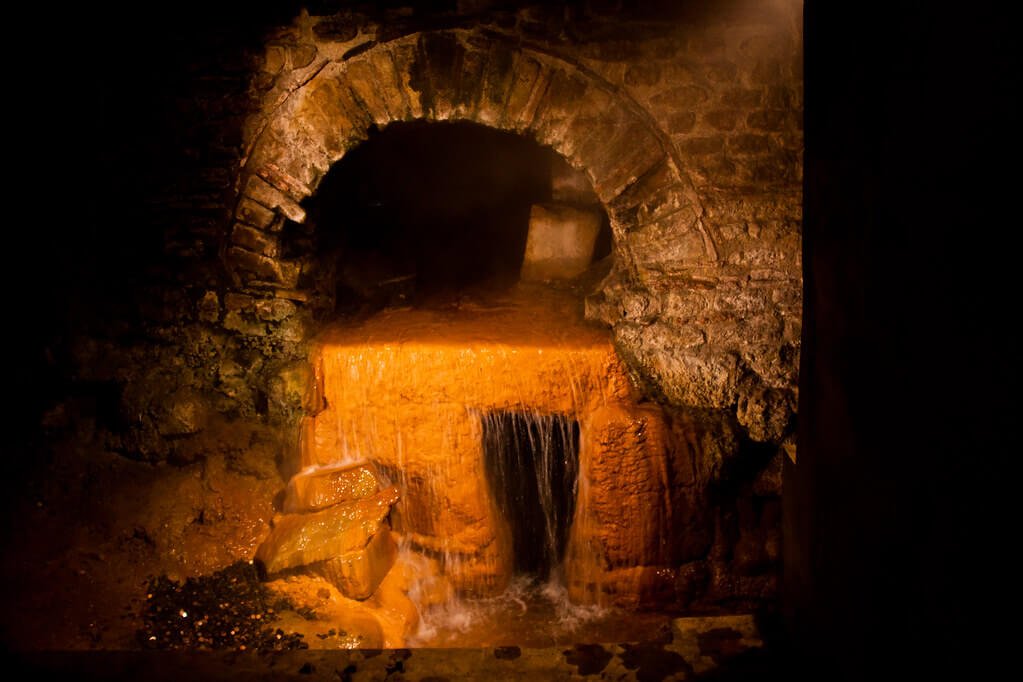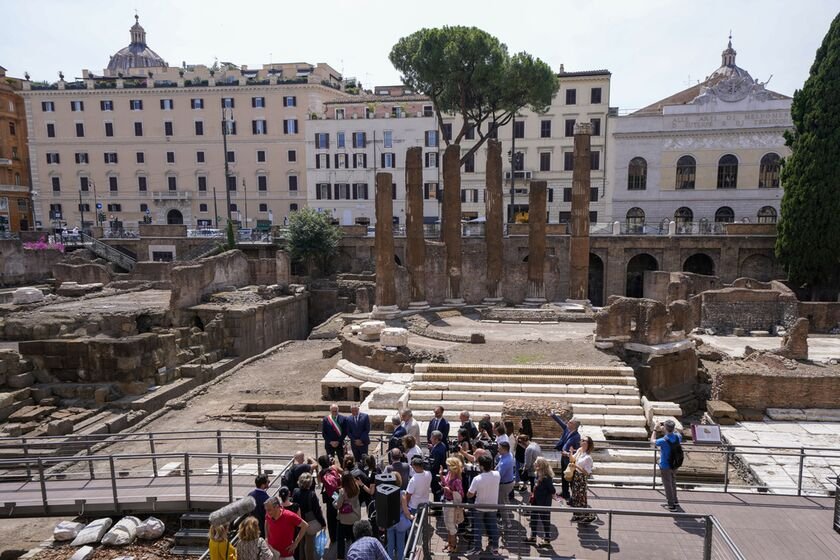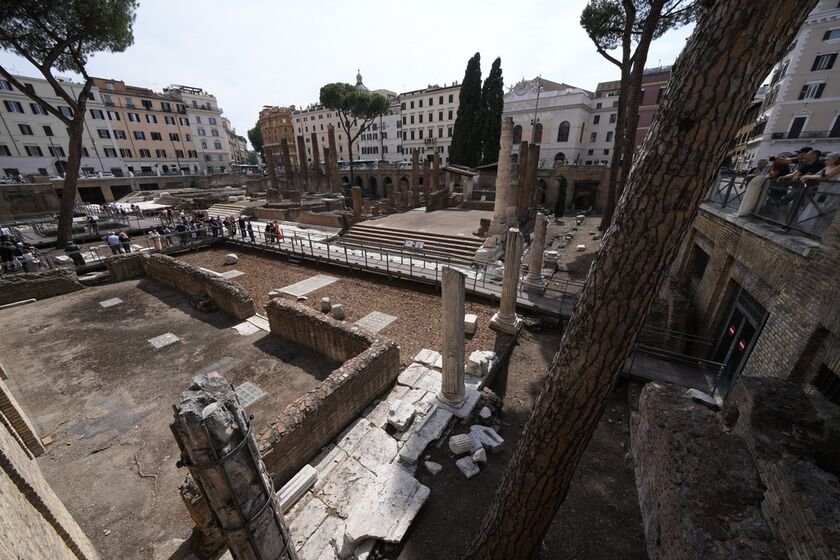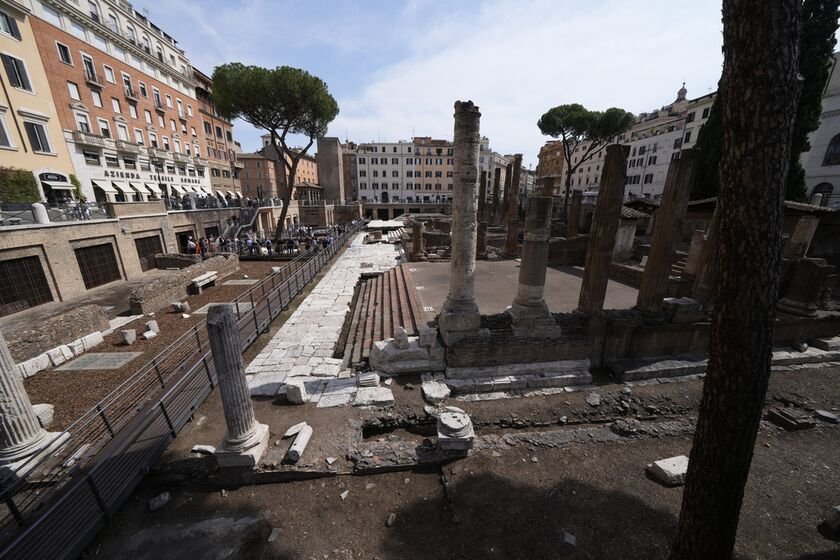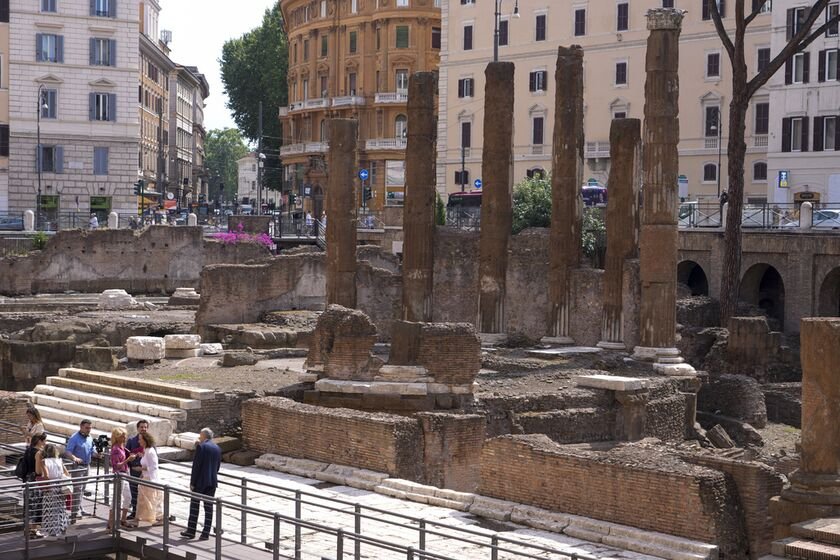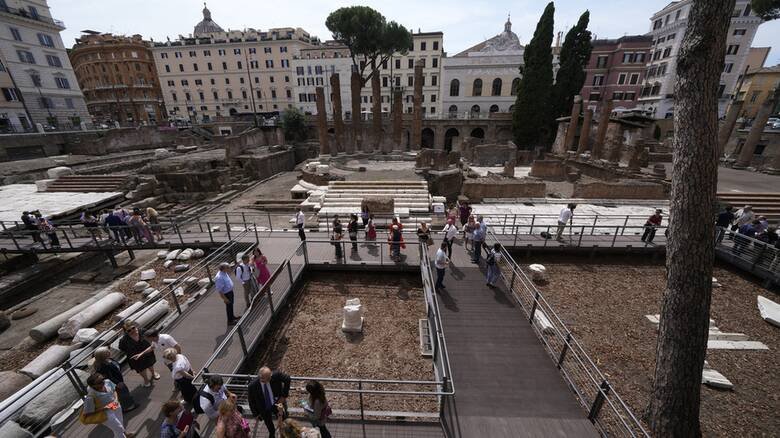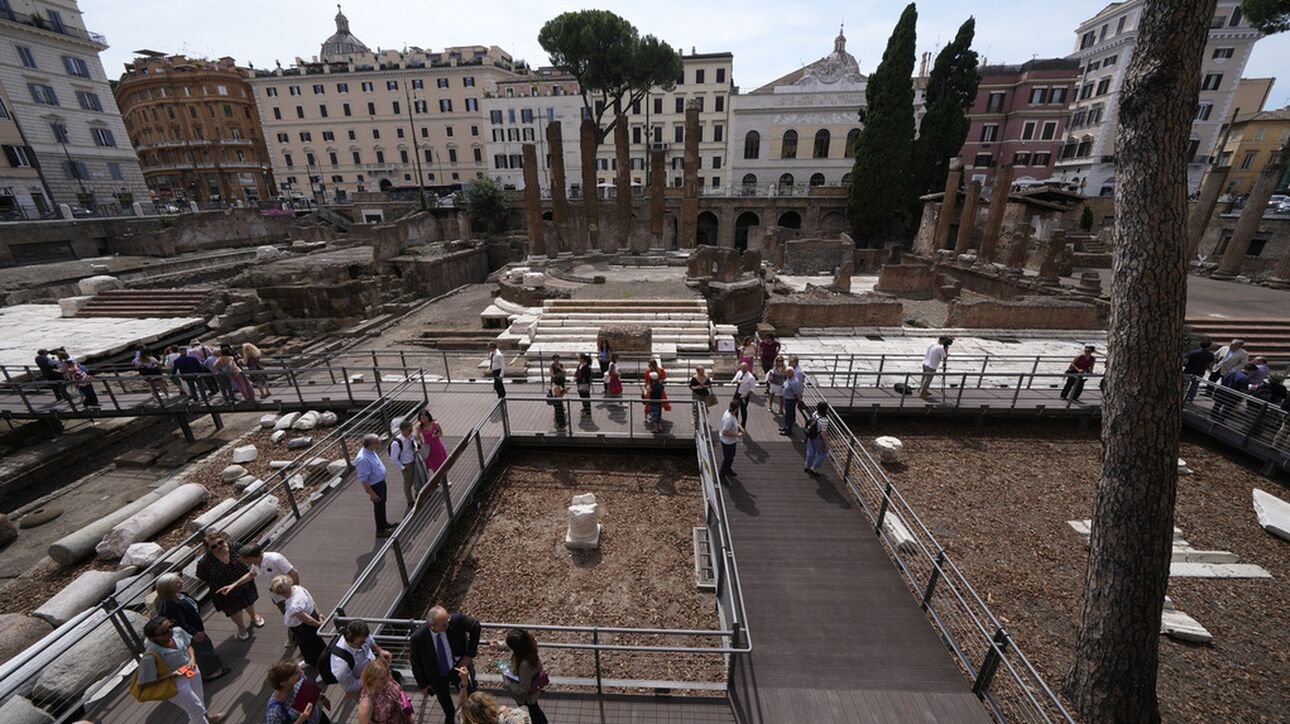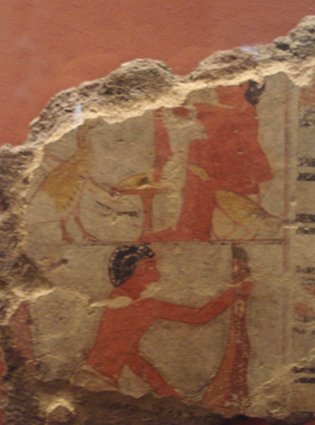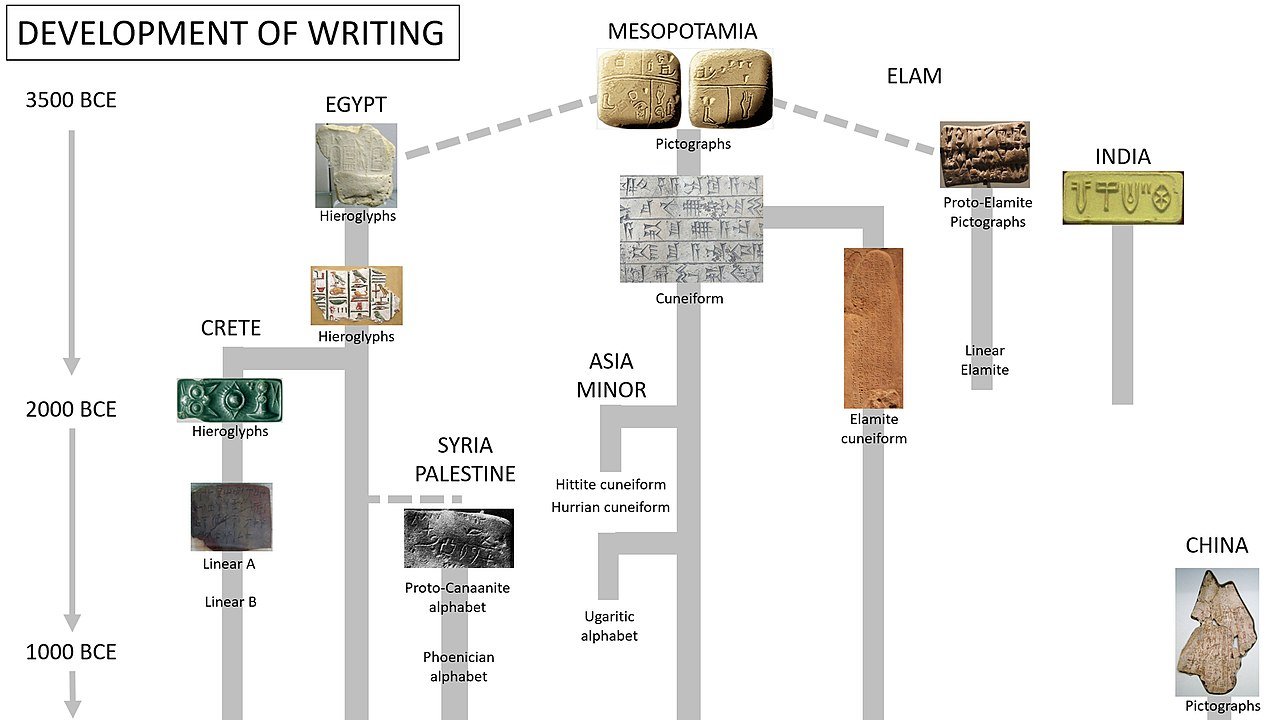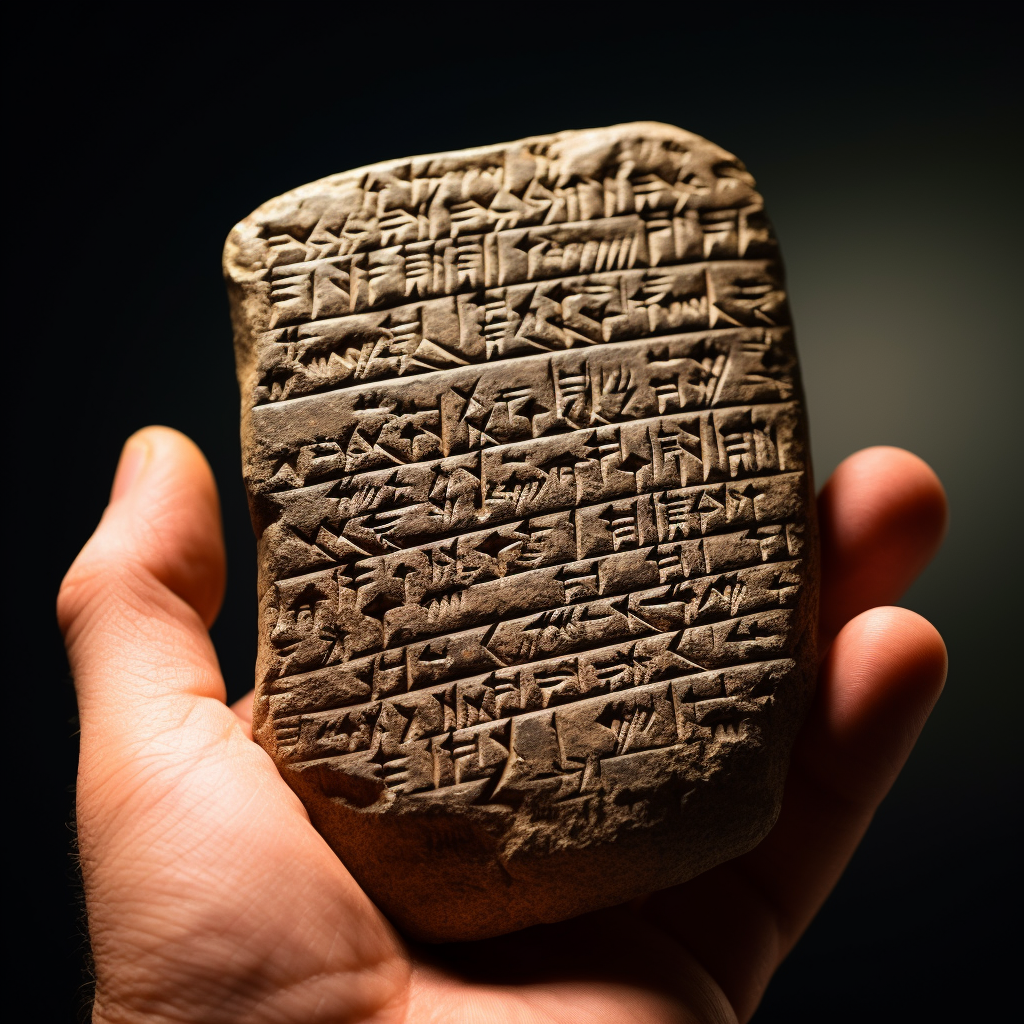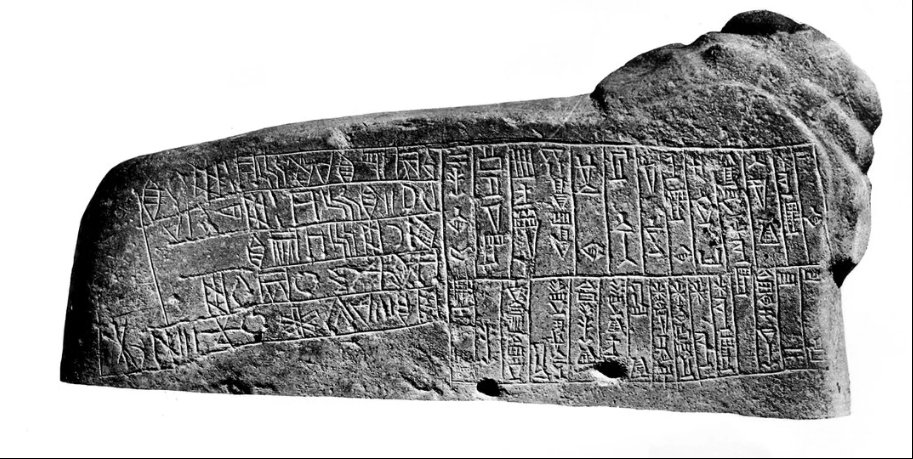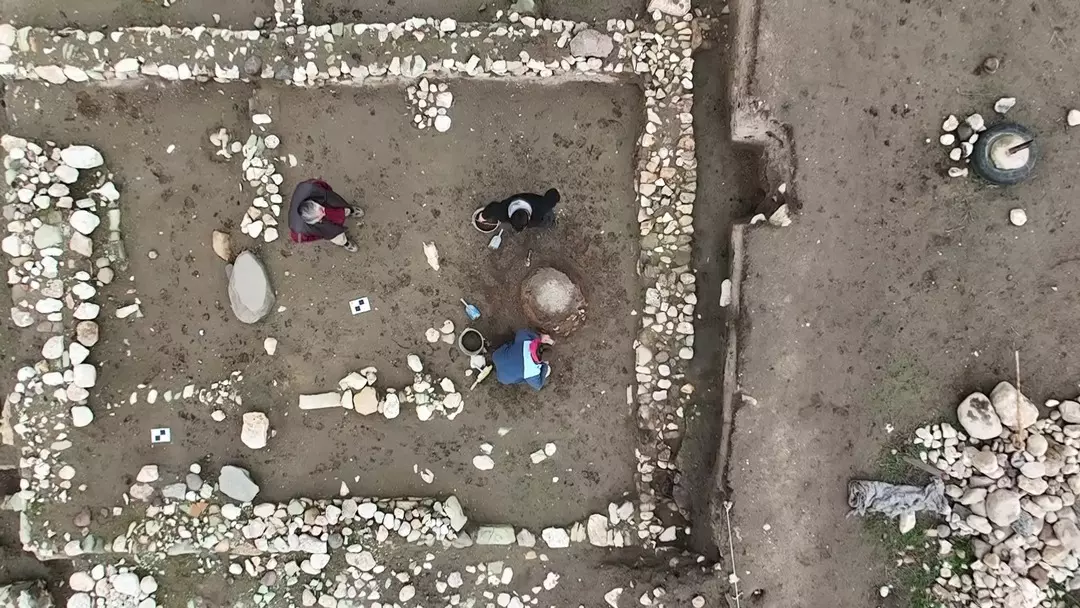Unraveling the Intricate Logistics of the Roman Army
The Roman Empire is renowned for its military prowess and conquests, but behind the grandeur of their legions lies a complex web of logistical challenges. In a captivating 3D documentary titled "The Insane Logistics of a Roman Army on the March," we gain insight into the meticulous planning and coordination required for a 24-hour march of 50,000 Roman soldiers.
This immersive experience not only showcases the impressive mobility and endurance of the Roman army but also highlights the indispensable role of logistics in their success.
The documentary opens by emphasizing the formidable logistical challenges faced by Roman armies. The 24-hour march simulation vividly illustrates the need for strategic coordination when managing a colossal force like the Roman legions.
Acknowledging the inherent limitations in reconstructing the Roman Army, the video credits various authors and sources. It reveals a critical piece of information: the maximum distance an army can cover in a day is approximately 65 km at a regular pace and 75 km at a quick pace. These figures are based on meticulous calculations and a daylight chart for a Mediterranean latitude during campaign seasons.
Roman armies on the move had to meticulously plan logistics and employ innovative strategies. They would divide into smaller groups to handle various tasks efficiently. This approach aimed to avoid traffic jams and optimize their time on the march.
The documentary then unfolds the march of the Roman Army, spanning an astonishing 25 km. The army commences its journey in the pre-dawn hours, with reconnaissance forces and a vanguard prepared to surmount any obstacles that lie ahead.
The Roman army is a well-oiled machine with a highly organized formation. While support staff and gear remain behind, infantry and cavalry extend in a long column. The baggage train, though crucial, could potentially cause delays.
The Roman Army on the march is a massive operation that extends 25 km. It comprises various specialized groups, including the Rear Guard and Flank Guard, tasked with protecting the army and its precious baggage train. Although the planned distance is 20 km, it would take a marathon runner a staggering 1 hour and 12 minutes to cover the entire length.
The documentary highlights the efficiency of the Roman army in setting up camp, foraging for supplies, completing chores, and marching toward their objective. This underlines the monumental importance of logistics and road-building in ancient Rome.
As we delve into the intricacies of the Roman Army's logistics through this 3D documentary, we gain a profound appreciation for the meticulous planning and coordination that underpinned their military successes. From the sprawling march formations to the careful orchestration of support staff, every aspect of logistics played a crucial role in the Roman Empire's dominance. This immersive experience provides a window into the awe-inspiring capabilities of one of history's most formidable military forces, reminding us of the critical role logistics plays in any great endeavor.














